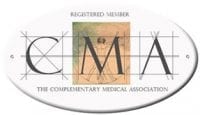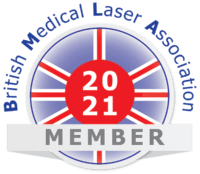What is Red Light Therapy (RLT)?
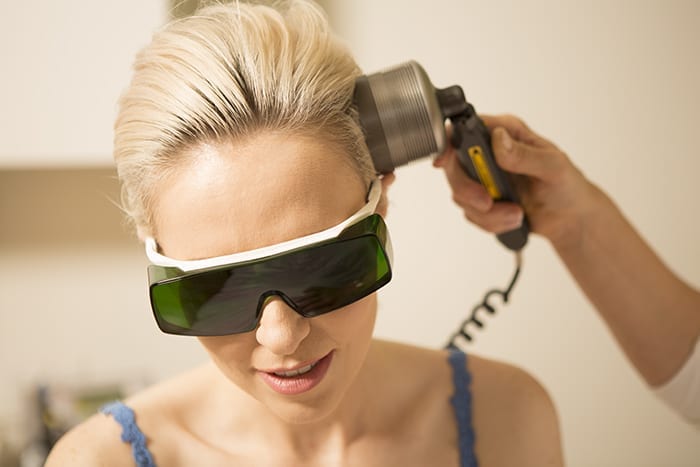
Red Light Therapy (RLT) is another term for what is widely known as Low Level Laser Therapy (LLLT), LED Therapy or Cold Laser Therapy. It is a non-invasive, painless treatment used for healing many medical conditions, including skin rejuvenation. Red Light Therapy (RLT) also comes under the broad category of Therapeutic Laser known as Photobiomodulation Therapy (PBMT) or Photo Medicine. Red Light Therapy (RLT) is associated with many home use LLLt devices to improve skin and to manage chronic pain.
Red Light Therapy (RLT) references the light wavelengths used, which are within the Infra Red / IR (600-700 nm) and Near Infrared / NIR (780-1100 nm) wavelength range. Visible light ranges, while beneficial, are limited by their shallow penetration of 1-3 mm , which is perfect for treating skin conditions including acne and signs of ageing. Invisible or NIR light wavelengths penetrate much deeper, clinical results indicate up to 10 cm. The therapeutic process enables light to carry electrons throughout the body to restore damaged cells, address problems that arise from damage cells, and to provide pain relief.
Is Red Light Therapy the same as Laser Therapy?
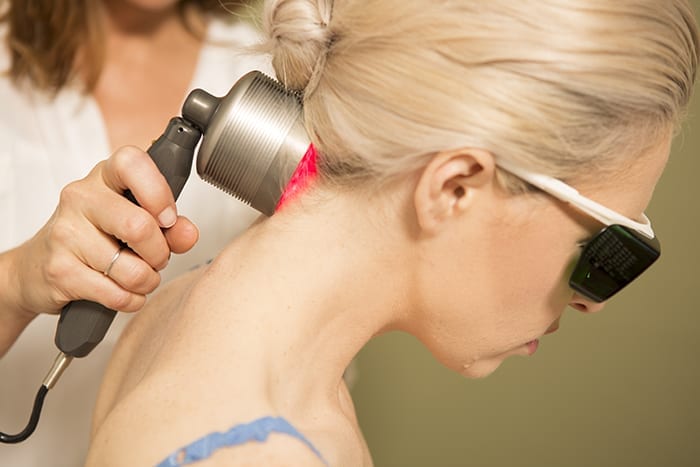
Red Light Therapy (RLT) equipment comes under the universal Laser classification system (Laser stands for light amplification by stimulated emission of radiation) and is regarded as a Low Level Laser Therapy, which falls between Class 1 to Class 3b categories. Laser classification refers to the output power of light emitted within the wavelength range outlined above. Generally speaking, what is known as Red Light Therapy (RLT) has a low power output because it often refers to home use LED equipment, especially for improving skin and pain relief. Power output informs the dose or length of time required to apply the light, which impacts the overall effectiveness of the therapy. In other words, not all Red Light Therapy is the same.
Categories of Laser Therapy
Class 1 Laser LED
Class 1 devices cannot harm the eyes, which is why they are freely available for home use. Power output for Red Light Therapy | LED equipment is usually can increase up 500 mW to fall within a low power laser category. We recommend a number of Class 1 home use laser devices for our patients to use in between treatments in the clinic, including the Handy Cure Laser and the B Cure Laser.
Class 2 Laser
Some Red Light Therapy | LED products on the market have increased the power output. Class 2 lasers are limited to a maximum output power of 1 milliwatt or one-thousandth of a watt (abbreviated to mW). The NovoThor Red Light Therapy bed is a good example.
Class 3b Laser
Class 3b Laser is widely used within most clinical Low Level Laser equipment used by the medical profession in the area of Photobiomodulation (PMBT). Class 3b Laser does not create a thermal effect so it does not burn, however Class 3b laser could damage the eyes if shone directly into them. Protective goggles are always worn and the treatment is administered by a professionally trained therapist.
Class 3b Laser is considered the most effective Red Light Therapy available and is employed for healing and pain relief, clinical trials and research in the Laser Therapy field. At Laser Medicine we use a variety of probes with different wavelengths and power output depending on the specific medical condition or type of treatment. Skin, as mentioned earlier, requires a different approach to, for example, bone fracture repair.
NB. Class 4
Laser devices with an output power of above 500 mW can burn the skin. This kind of Laser should not be used for Low Level Laser | Photobiomodulation Therapy and is misleading if this is the manufacturer’s claim. Class 4 Lasers are typically used for procedures that create an ablative or thermal response in the skin such as hair removal tattoo removal.
What does Red Light Therapy do?
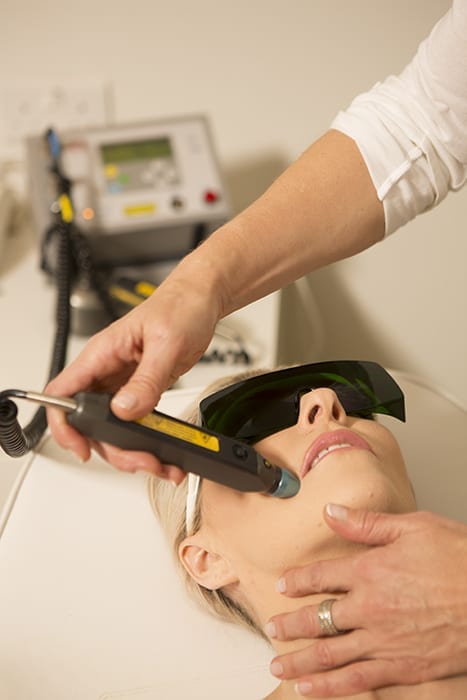
The most effective RLT equipment combines both Laser and LED light in the IR and NIR wavelength range. What this does, in a nutshell, is to reduce pain and inflammation via a process of bio-stimulation and photo-stimulation, endogenous opiate production, slowing sensory nerve production, restoring cellular resonant energy, stimulating the Na/K pump mechanism in the cell membrane and inhibiting bradykinin and leukotriene production.
During this process, Red Light Therapy triggers the re-polarisation of sick and injured cellular membranes to allow for essential nutrients to transfer from the blood into the cell. Laser photons are taken up and transformed into cellular energy within the mitochondria when there is a deficiency. This added energy causes therapeutic change. Research has shown that RLT can increase cellular ATP (body fuel) by as much as 150%.
The health benefits of an RLT treatment are therefore numerous. Improving cellular function provides the opportunity to address many conditions, local and systemic and why it is so effective for healing and pain relief.
Does RLT work?
In answer to the question “does it work?” it depends largely on the dose of light given to the patient, which for Cold Laser Therapy is measured by irradiance and time. Energy (J) = Power (W) x Time (s). The following article outlines a random study on the efficacy of red Light Therapy for improving skin with positive results. A Controlled Trial to Determine the Efficacy of Red and Near-Infrared Light Treatment in Patient Satisfaction, Reduction of Fine Lines, Wrinkles, Skin Roughness, and Intradermal Collagen Density Increase
What is Red Light Therapy used for?
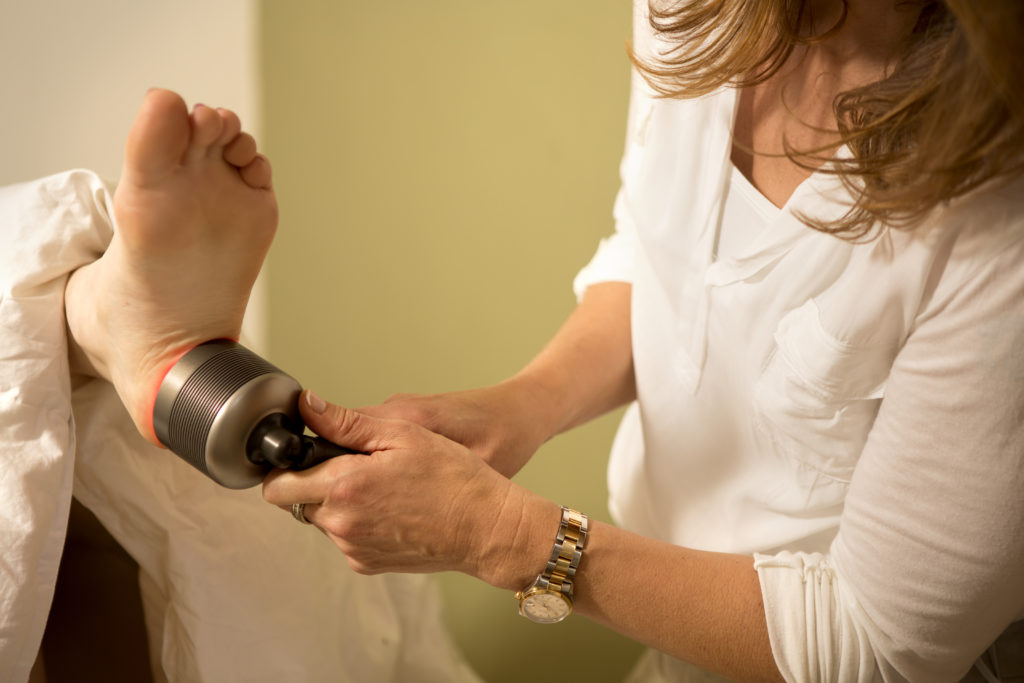
Red Light Therapy continues to offer a safe, non-invasive treatment for pain, inflammation and increased healing across a wide range of musculoskeletal and health conditions, with a growing body of evidence to support its efficacy each year. The ever increasing clinical and home use equipment coming to market is a testimony to its proven effectiveness. There are many opportunities to use RLT as an alternative to anti-inflammatory pain killers and medication, and we often think that if more households had a home use device they would be able to naturally heal headaches and arthritic pain as a matter of course. We also endorse a natural youthful ageing treatment for skin, offered by many of the RLT devices available today.
It is fantastic to see that many leading osteopaths and physical health specialists have incorporated LLLT into their practices. As a full member of the British Medical Laser Association (BMLA) we anticipate the contribution of a highly informative and diverse section of the beauty and medical industry at the BMLA 2021 Virtual Conference this year. Red Light Therapy is only becoming more widely known used, and the future for Photobiomodulation (PMBT), we believe, is bright!

